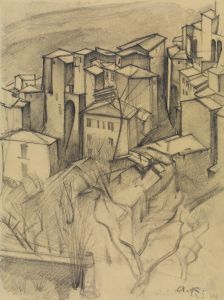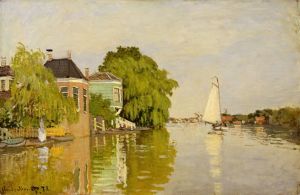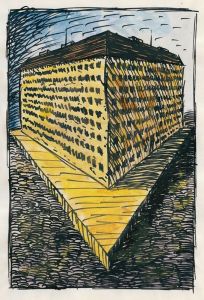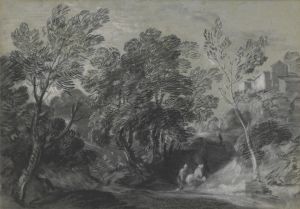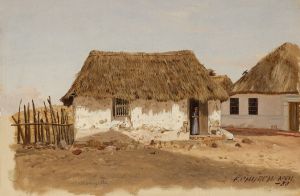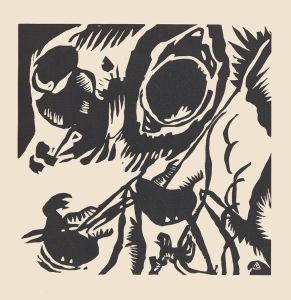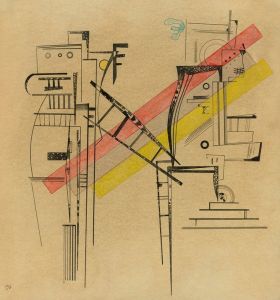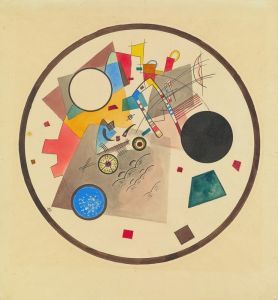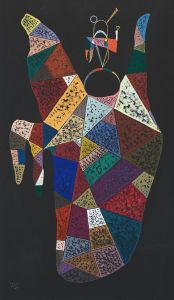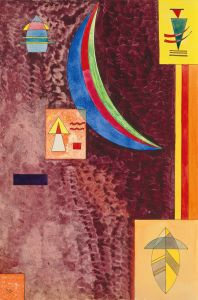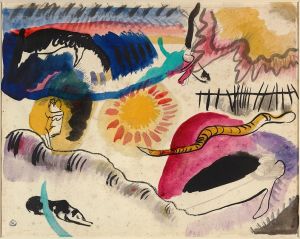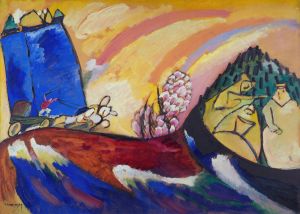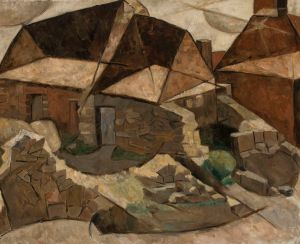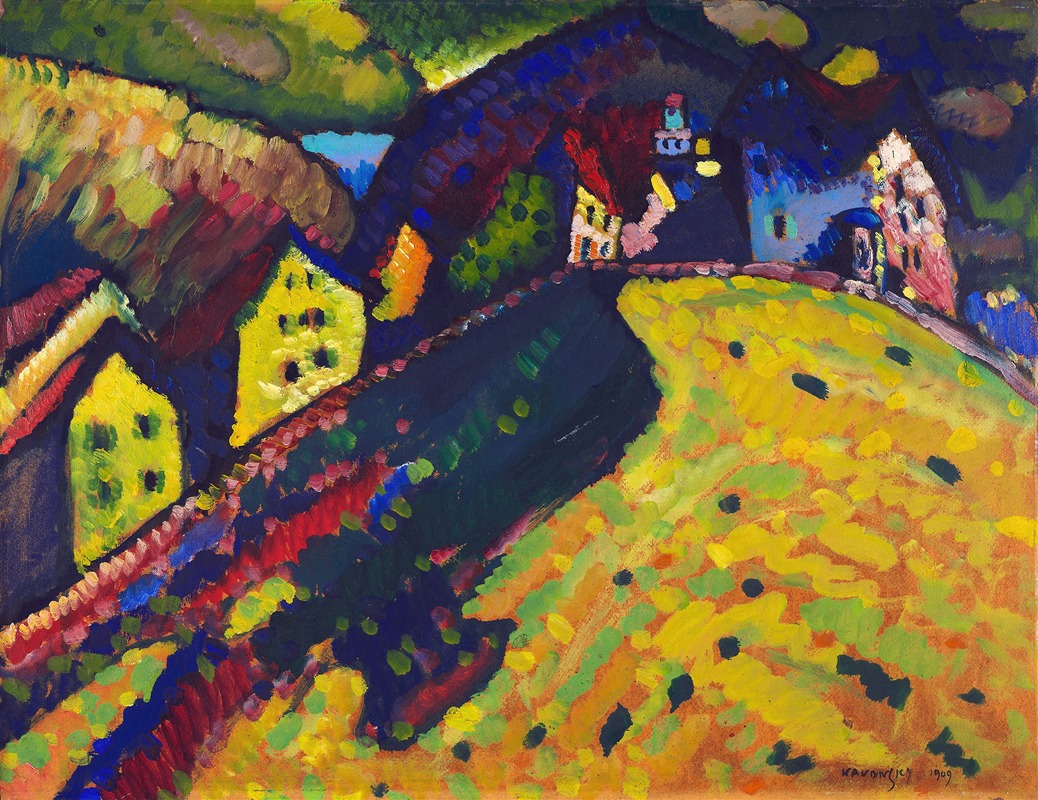
Houses at Murnau
A hand-painted replica of Wassily Kandinsky’s masterpiece Houses at Murnau, meticulously crafted by professional artists to capture the true essence of the original. Each piece is created with museum-quality canvas and rare mineral pigments, carefully painted by experienced artists with delicate brushstrokes and rich, layered colors to perfectly recreate the texture of the original artwork. Unlike machine-printed reproductions, this hand-painted version brings the painting to life, infused with the artist’s emotions and skill in every stroke. Whether for personal collection or home decoration, it instantly elevates the artistic atmosphere of any space.
"Houses at Murnau" is a notable painting by the Russian-born artist Wassily Kandinsky, created in 1909. Kandinsky is widely regarded as a pioneer of abstract art, and this work is an important example of his early exploration into abstraction. The painting is part of a series of works that Kandinsky produced during his time in Murnau, a small town in Bavaria, Germany, where he spent several summers with fellow artists Gabriele Münter, Alexej von Jawlensky, and Marianne von Werefkin.
The painting depicts a vibrant and colorful view of the houses in Murnau, characterized by bold colors and simplified forms. Kandinsky's use of color in "Houses at Murnau" is particularly striking, with vivid blues, greens, yellows, and reds dominating the composition. This use of color reflects Kandinsky's interest in the emotional and spiritual effects of color, a theme that would become central to his later abstract works.
Kandinsky's time in Murnau was a period of significant artistic development. The town's picturesque landscapes and traditional architecture provided inspiration for Kandinsky and his contemporaries, who were collectively known as the "Neue Künstlervereinigung München" (New Artists' Association of Munich). This group sought to break away from traditional artistic conventions and explore new forms of expression. The influence of the Fauvist movement, with its emphasis on bold colors and expressive brushwork, is evident in Kandinsky's work from this period.
"Houses at Murnau" is often noted for its departure from realistic representation. Instead of focusing on precise details, Kandinsky emphasizes the overall impression and emotional impact of the scene. The painting's composition is dynamic, with diagonal lines and contrasting colors creating a sense of movement and energy. This approach reflects Kandinsky's belief in the power of art to convey emotions and transcend the physical world.
The painting is also significant for its role in Kandinsky's transition towards abstraction. While "Houses at Murnau" still contains recognizable elements, such as the outlines of houses and trees, it demonstrates Kandinsky's growing interest in reducing forms to their essential elements. This exploration of abstraction would culminate in his later works, where he abandoned representational forms altogether in favor of purely abstract compositions.
Kandinsky's theories on art and color were influential in the development of modern art. He believed that colors and shapes could evoke specific emotions and that art should be a spiritual experience. These ideas were articulated in his seminal book, "Concerning the Spiritual in Art," published in 1911, which laid the foundation for his abstract works and had a lasting impact on the art world.
Today, "Houses at Murnau" is held in high regard as an important work in Kandinsky's oeuvre. It is housed in various collections and has been exhibited in numerous retrospectives dedicated to Kandinsky's work. The painting continues to be celebrated for its innovative use of color and form, as well as its role in the evolution of abstract art. Through "Houses at Murnau," viewers can gain insight into Kandinsky's artistic journey and the broader movements that shaped early 20th-century art.





